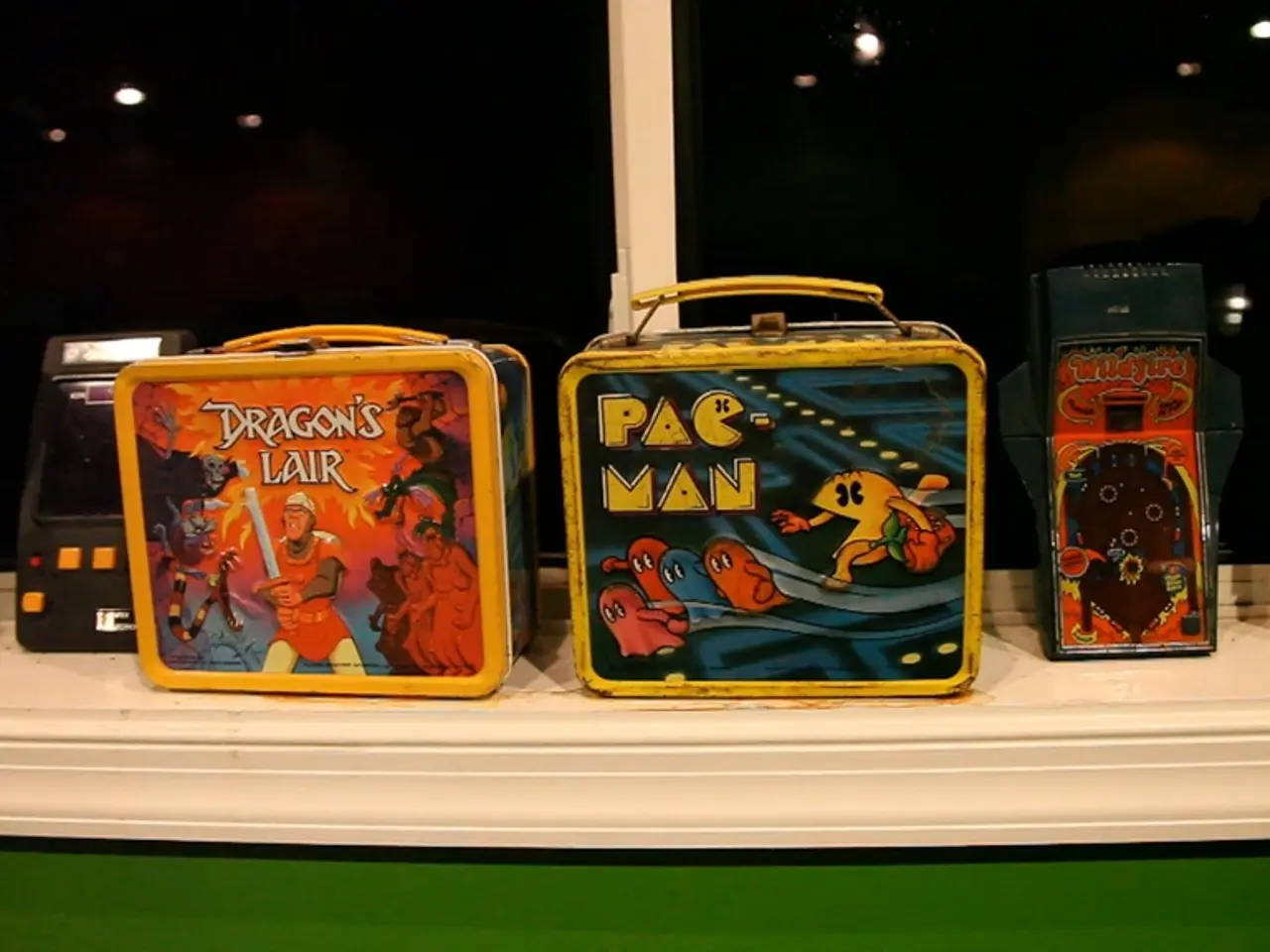jQuery's Dialog Widget Simplifies Custom Dialog Boxescreation
In the realm of web development, efficiency and user-friendliness are key. One tool that helps developers save time in building features for interactive web and mobile applications is EasyUI. This article provides a structured guide on how to design a dialog using EasyUI, a popular HTML5 framework that utilises jQuery for building user interface components.
## Properties
A dialog in EasyUI is a floated and draggable panel that can be used as an application dialog. To create one, you need to understand its properties, syntax, methods, and see it in action with examples. Here's a list of the properties available:
- **Title**: The title of the dialog. - **Content**: The content of the dialog, which can be plain text or HTML. - **Width & Height**: The width and height of the dialog. - **Closed**: Whether the dialog is initially closed. - **Modal**: Whether the dialog is modal, meaning it blocks interaction with the rest of the page until closed. - **Minimizable, Maximizable, Collapsible, Resizable**: Options to allow users to minimize, maximize, collapse, or resize the dialog.
## Syntax
To create a dialog, you use the `.dialog()` method on a `
` element. Here's a basic example:
```html
```
And the JavaScript code: ```javascript $('#mydialog').dialog({ title: 'My Dialog', width: 400, height: 200, closed: false, modal: true }); ```
## Methods
EasyUI provides several methods for interacting with dialogs, such as:
- **open()**: Opens the dialog. - **close()**: Closes the dialog. - **destroy()**: Destroys the dialog. - **resize(options)**: Resizes the dialog.
## Example
Here's a complete example of creating and using a dialog with jQuery EasyUI:
```html
Dialog Content
This is a dialog created using jQuery EasyUI.
```
This example creates a dialog with a title, content, and a close button. The dialog is initially closed but can be opened by clicking the "Open Dialog" button.
## Additional Features
EasyUI supports various technologies such as React, Angular, and Vue, in addition to jQuery. It also offers properties like the maximizable button and the buttons property for setting the bottom buttons of the dialog.
By understanding the properties, syntax, methods, and examples provided in this article, you are now equipped to create engaging and interactive dialogs using jQuery EasyUI. Happy coding!
A dialog in EasyUI, being a floated and draggable panel, can be initially closed or modal, allowing interaction with the rest of the page only after it's closed. Additionally, users have options to minimize, maximize, or resize the dialog due to EasyUI's support for various technologies such as React, Angular, and Vue.




